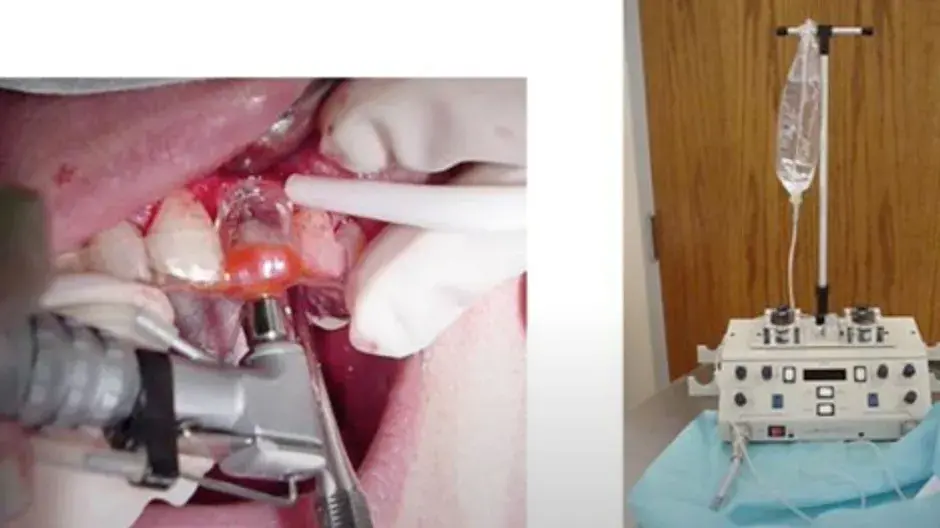
How Implants Work
How Dental Implants Work
We must begin any discussion of “How Implants Work” with an acknowledgement that, in several ways, nature works against implant success!
Your body has a highly developed, finely tuned defense mechanism which identifies things that are foreign to it. This is your immune system and when it doesn’t work properly, you get sick. Anything that is placed into your body is a foreign object, be it an artificial knee joint or a heart valve, and the body usually wants to reject it.
Fortunately, that isn’t true with modern dental implants. Discoveries made about implants over the past twenty five years have made it possible to fool the body into thinking that modern dental implants are not foreign objects. However, several key elements must be present in order for this to happen.
Watch the video below and read more about how dental implants work and why they may be the right choice for many people.
How Dental Implants Work

First, your implant must be made of titanium. A fortunate discovery made in the 1950’s proved that not only does the body tolerate the presence of titanium; bone actually seems to like it. Scientists have shown that new bone cells will actually grow up to, and attach to, the surface of the implant. A successfully placed implant should have that “solid as a rock” feel.
The surgery to place the implant must be as free of injury to the bone as possible. Special instruments and drills will be used to gently prepare the bone and prevent any buildup of heat, which interferes with the healing process.
We must also be careful not to introduce anything else into the surgical site which will infect or contaminate it. This is a dental surgery, so the same extraordinary efforts to prevent contamination that are employed in a hospital surgical suite will be used.
We want to leave the implant surgical site undisturbed for enough time for healing to take place. If you were to break your leg, you would have the leg set and put in a cast. Then you would expect to be instructed to avoid walking on it. This is also true for implants.
Following placement, your implant will be covered with gum tissue and allowed to rest for a time sufficient to heal properly. This will take from as little as 4 months to as many as 12, depending upon the quality of the bone into which it is placed. Ask your surgeon about your particular situation.


